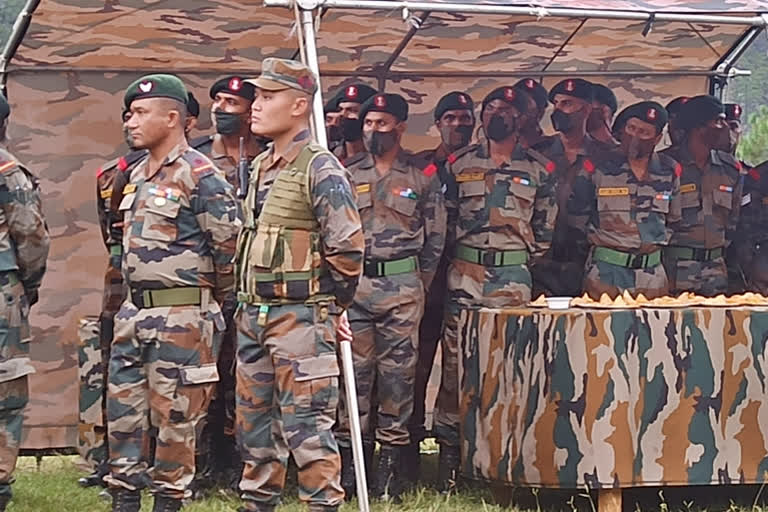Kibithu (Anjou district, Arunachal Pradesh): 11:30 AM and 2 PM—IST and Beijing times respectively—two time zones flash on the smartphone handset screen as one drives a few hours towards the border settlement of Kibithu, on the northern border with China in Arunachal Pradesh’s Anjou district—much inside Indian territories. Interestingly, the Beijing time—two and a half hours ahead of IST—is shown as the ‘local’ time.
While at Kibithu there is no Indian phone and internet connectivity, about four Chinese telecom networks show 5G availability including China Unicom, a company that was delisted from trading on the New York Stock Exchange (NYSE) on January 11, 2021, for having significant connections to the Chinese military. Meanwhile, near Kibithu, a message says international roaming is an option that is available even as the IST timing changes over to Beijing time.
As a result, at least two ‘enterprising’ businessmen near Kibithu have subscribed to the Chinese telecom network and offer locals internet use for a certain fee, giving them some semblance of a connection and linkage to the outside world, local officials have told ETV Bharat on condition of anonymity. While top military officials said the erecting of 4G connectivity will be a game-changer and despite huge investment in telecom infrastructure especially in the frontier in China, it is clear that India has still a long way to go and that more investment and effort are required.
While the Indian government has a time-bound plan to develop the telecom infrastructure, it is hampered by lack of roads and other civic infrastructure—because it is only after the roads are properly laid that optical fibre cables (OFCs) can be laid that will facilitate 4G penetration enabling faster data transfers and better telephone connectivity.
Also read: Amid disquiet across Ladakh, Gen Kalita says all quiet across Arunachal
“We are now giving a big push to the infrastructure development in the forward areas in the eastern sector… We are trying to connect all forward posts with optical fibre cables, setting up satellite terminals for quick data transfer besides providing new radio sets,” Brigadier TM Sinha, commander of a Mountain Brigade in eastern Arunachal Pradesh, told a group of visiting journalists.
Pasang Dorjee Sona, the speaker of the Arunachal Pradesh state assembly, told ETV Bharat: “Nowadays everything is going online. We are told that the government is trying to improve the network in the border area. But it is taking very long and it should be expedited.”
“Reports have to be submitted, official meetings and communication have to take place and be recorded. From these areas where there is no connectivity, officials have to keep on moving down to areas with networks even to submit a report online,” added Sona, who also represents the border constituency of Mechuka.
Internet connectivity is acquired in two ways—through microwave (MW) and through OFCs. But it is through OFCs, more than MW. that the network has more reliability, efficiency and robustness. The very fact that China has set up 5G networks on the border is also indicative of the fact that OFCs have already been laid.
A fact of irony is that the point of origin of OFCs that India may try to lay is China again. While there is indigenous production of OFCs in India, the local production is not at all enough to cater to the huge demand.



